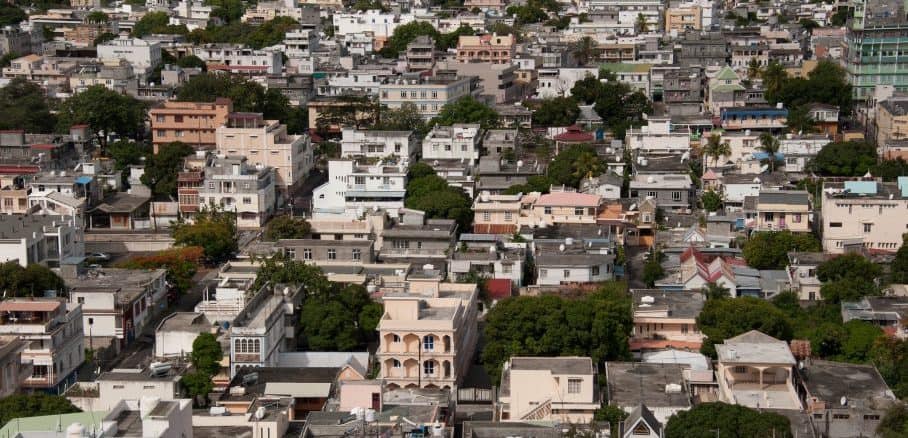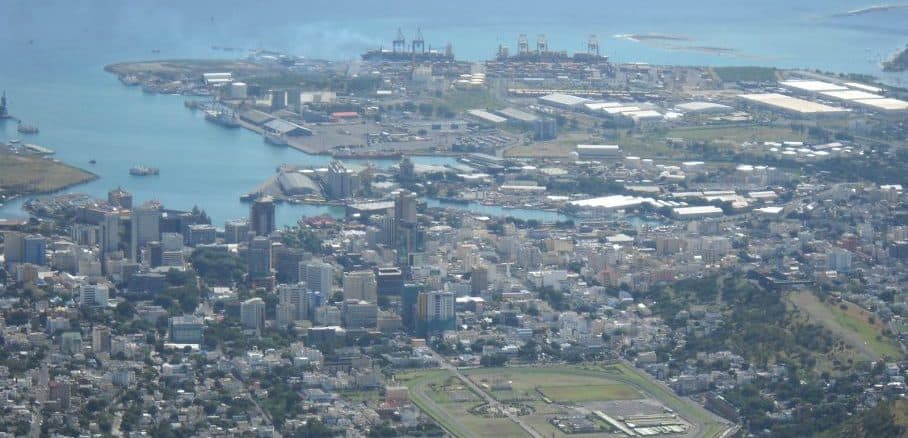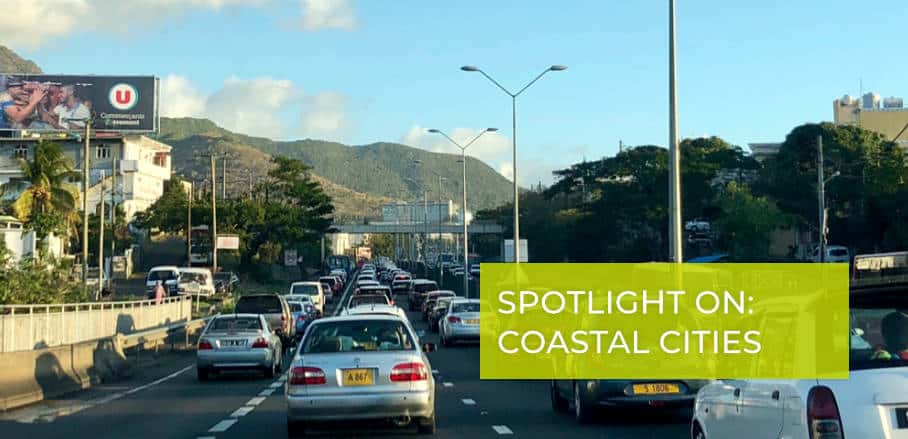Sustainable Africa: Why Cities of the Future Must Consider Health in Urban Planning
In a rapidly urbanising world, cities must consider the health impacts of urban policies and projects. Meelan Thondoo and Mark Nieuwenhuijsen highlight the situation in Mauritius’ capital Port Louis and make a strong case for participatory quantitative Health Impact Assessments, a promising and practical tool to ensure healthy, equity-driven and sustainable cities
Mauritius is a small island nation located in eastern sub-Saharan Africa. It is often pictured as a paradise island with long pristine beaches, yet it is the densest country in Africa. Urban population rates have doubled in the last fifty years and vehicle ownership has increased by 625 per cent in only twenty years. There are five towns across the island, but sixty per cent of the population lives on eight per cent of available land. The concentration and multiplication of urban settlements in restricted corridors causes overcrowded housing, unsafe working conditions, increased congestion and cumulative poor transport planning.
Transport and Public Health in Port Louis
Port Louis, Mauritius’ capital, is a coastal city very much comparable to many other African coastal cities. Holding the main port, it is the economic and administrative engine of the island. In the local language, Mauritian Kreol, people often say: “Dan Porlwi? Mari trafik sa!” – meaning “In Port Louis? The traffic jam is too intense!” Indeed, major traffic congestion is caused by over 200,000 people commuting to the city on working days. Despite the introduction of a recent metro rail system, Port Louis remains a car-oriented city with very little green space. Pedestrian movement is also limited to unsafe sidewalks, and traffic flow is hampered by narrow roads and side-street parking spaces.
So, what happens if motorisation further increases? Health risks in cities like Port Louis are likely to grow as well – and the health status of the adult population in Mauritius is already characterised by a strong prevalence of diabetes, hypertension and cardiovascular diseases. There is a risk for physical inactivity to increase, as people choose motorised modes instead of walking and cycling. Also, levels of air pollution and traffic deaths are likely to rise.

Port Louis has a very high population density © Allan Beaufour/flickr (CC BY-NC-ND 2.0)
Indeed, urban transport planning can play a crucial role in either preserving or degrading human health. Unless decision-makers consider the dimension of health on urban transport planning agendas, countries face the risk of getting locked in unhealthy and unsustainable systems. But how can we identify the most healthy and sustainable transport policy measures? Health Impact Assessment (HIA) is a powerful impact assessment tool that does just that.
Participatory Quantitative Health Impact Assessment (PHIA) for Port Louis
HIA is an approach that can judge the potential effects that an intervention, a project, a program or a policy, can have on people’s health. Quantitative HIAs are most common and use statistical data and risk assessment modelling to estimate health risks. In contrast, participatory quantitative HIAs (PHIA) are very rare, even though participation and inclusion of stakeholders is highly encouraged and promoted by the scientific community.
Our main goal was to understand and estimate how proposed policies would impact the health of Mauritius’ capital. In 2018/2019, we met for eight months with several stakeholders across the public and private sector in order to design and conduct a local model of PHIA in Mauritius. Participants were interviewed about local urban transport policies and provided their views on what health meant to them, and on the potential health impacts of urban transport. By combining the information provided by the stakeholders with policy reviews, the data on travel patterns, air pollution, traffic deaths and physical activity, we then estimated the health impacts of different transport mode shifts in Port Louis, using a risk assessment approach that compares a reference scenario (the current situation) with three alternative scenarios. All scenarios, types of policies and the associated challenges were built in collaboration with stakeholders during focus groups discussions.
What would, for instance, happen if we implement a policy that reduces car use on a large scale? One of the alternative scenarios included a strong reduction in both car and motorcycle use. We found that this would in fact increase physical activity, decrease exposure to air pollution and reduce traffic fatalities. In terms of economic impact, this hypothetical scenario resulted in reductions worth 23 million US Dollars due to the number of averted traffic deaths. In our calculations, the other two scenarios would lead to a significant decrease in the health of the local population.

Port Louis Harbour view © carrotmadman6 /flickr (CC BY 2.0)
Implications for Policy Makers
A scenario aiming at decreasing motorisation significantly is thus highly recommended for cities similar to Port Louis. This, however, would require strong, rather than mild policies targeted at different modes of motorisation – and not only the reduction of private cars. With the increase in motorcycle use in African coastal cities such as Lagos, Accra and Mombasa, the existing policies aimed at taxation on private vehicles or restriction on vehicle purchase based on age may not be enough. They may also be weak to counter the tendency of policy to favour car mobility in a world where transport agendas often disregard health. What’s more is that in cities like Port Louis, car-dependent designs strongly contradict the main mean of mobility adopted by more than half of urban populations: walking. Given that many African cities are relatively new or yet to be built, it is crucial to consider strong policies that aim at reducing all forms of motorisation. Instead, we need to invest in ways to maintain and increase the protective effects of active travel modes such as walking and cycling.
The Future of HIA in African Coastal Cities
Tools such as the HIA are known to support the integration of health into wider policy agendas focused on urban development. But in reality, many political and institutional decisions are taken without considering their related health impacts. Coastal cities in Africa will bear the unjust burden of climate change effect due to rising sea levels, flooding in urban coastal areas, infrastructure damage and reduction in the availability of water. Therefore, it is crucial to extend the application of HIAs.
We consider that using a participatory approach to conduct HIAs in settings such as Mauritius is valuable, and should be conducted in other cities, too. Participatory quantitative HIAs can improve the development of healthy and sustainable transport networks while encouraging stakeholders to actively contribute to the future of their cities. HIAs can facilitate dialogue, bring local knowledge to the table, and use scientific data modelling methods to generate powerful impact estimations. Participatory approaches can help stakeholders to understand the HIA process and encourage them to use HIA outcomes in the field of urban development, climate change and, ultimately, in favour of people and planet.
- Citizen Participation for Urban Transport Planning - 6. April 2021
- Why Cities Are Letting Down Children - 14. December 2021
- Can Cities Become Car-Free After the Covid19 Pandemic? - 28. May 2020
